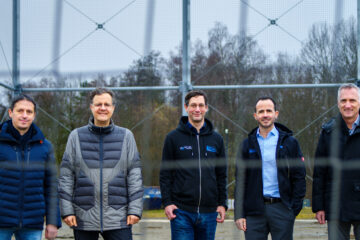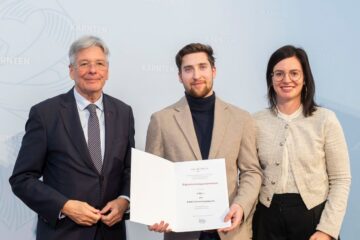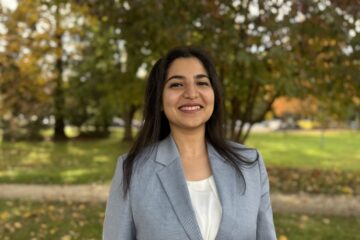In “Ageing Safely in the Digital Era: A New Unobtrusive Activity Monitoring Framework Leveraging on Daily Interactions with Hand-Operated Appliances” (Bousbiat, Leitner and Elmenreich 2022), we suggest a new interactive framework to unobtrusively monitor elderlies’ behavior based on their interaction with electrical appliances involved in their daily activities. Due to the extension of the human lifespan, the economy, societal systems, and healthcare services will be affected. For that reason, technologies were developed to counteract these challenges. One of these would be the Non-Intrusive Load Monitoring (NILM) model to generate energy data on the explicit usage of electric devices. This set of techniques employ smart meters to measure the power consumption of different appliances, which indicate daily routines and thus the well-being of the elderly.
“Non-Intrusive Load Monitoring technology can help us save hardware and energy costs while helping older people live safely in their familiar environment.” Wilfried Elmenreich
Non–intrusive load monitoring (NILM) is a monitoring technology that can infer the energy consumed by individual appliances within a building by analyzing the total energy consumption of the building. This technology dates back to work done by George Hart in the 1990s and has since been developed further. The Smart Grids Group of the NES Institute has a long-standing experience in developing and using NILM technologies, with their work spanning from fundamental research to practical applications of the technology.
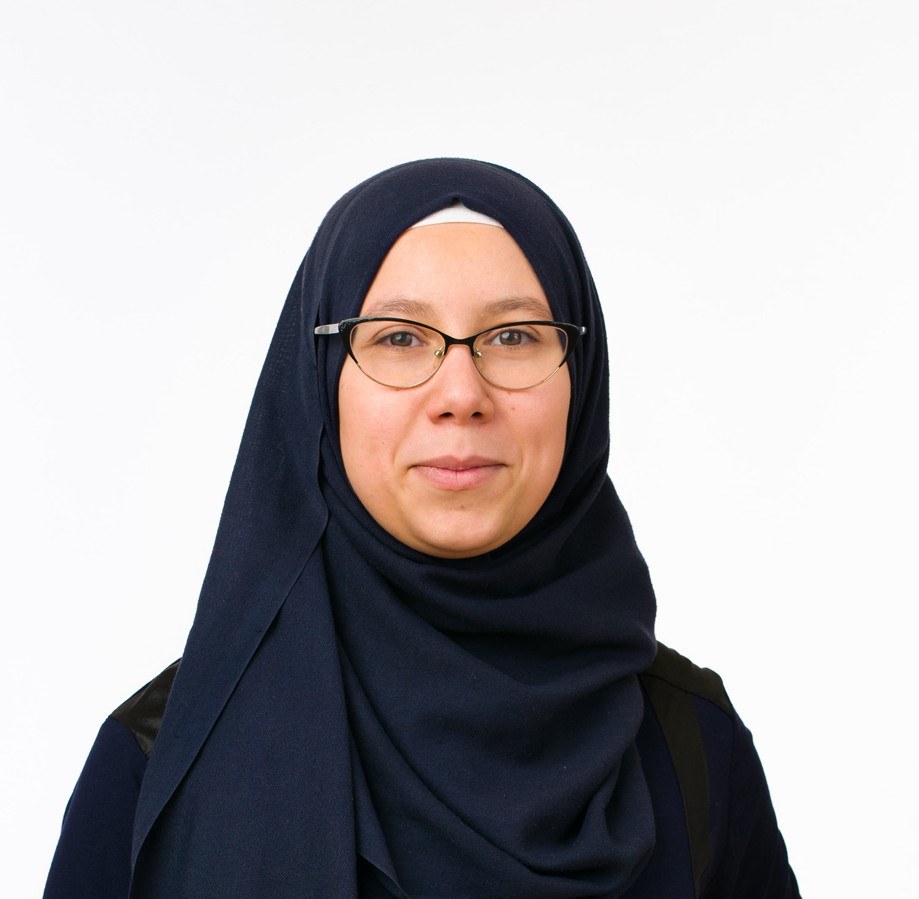
The research work is a collaboration between three institutes (D’ARC, NES, and ISYS) and part of the dissertation project of Hafsa Bousbiat, a promising young female researcher who is part of the DECIDE doctoral school. The paper suggests a new activity monitoring framework based on hand-operated appliances inferred from energy data and discusses two case studies based on their pipeline, including NILM approaches and their effect on activity monitoring. The framework includes a load disaggregation module, an activity monitoring module, and a feedback management module. These modules measure the aggregated power in a household, provide contextual and operational information on the condition of the devices and detect anomalies. It also includes feedback from external agents to overall create a more accurate understanding of recent patterns and routines of the occupants with the help of anomaly detection techniques.
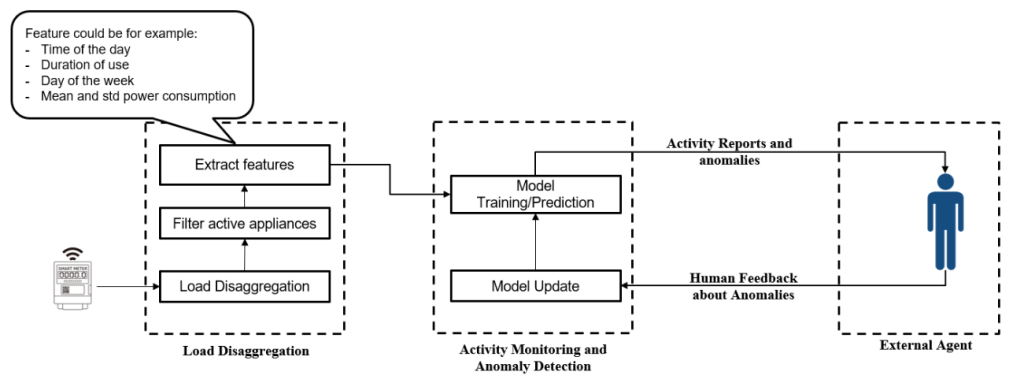
Further information can be found in the paper
H. Bousbiat, G. Leitner, and W. Elmenreich. Ageing safely in the digital era: A new unobtrusive activity monitoring framework leveraging on daily interactions with hand-operated appliances. Sensors, 22(4), 2022. (doi:10.3390/s22041322)

